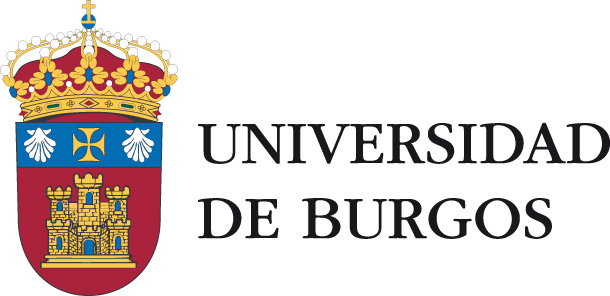
 Title and acronym
Title and acronym
A joined-up approach to the identification, assessment and management of emerging food safety hazards and assocated risks (FoodSafeR)
Programme and call
HORIZON-CL6-2021-FARM2FORK-01-1
Reference
101060698
Principal investigator
Alfonso David Rodríguez Lázaro
Project coordinator
Austrian Competence Centre for Feed and Food Quality, Safety and Innovation (Austria)
Partners
- UNIVERSIDAD DE BURGOS (Spain)
- Austrian Institute of Technology (Austria)
- Wageningen University (Holanda)
- Ghent University (Bélgica)
- Agricultural University of Athens (Greece)
- The Queen's University (UK)
- Bundesinstitut für Risikobewertung (Germany)
- Technology Solutions S.L. (Spain)
- Biosense Institute (Serbia)
- Biomin Holding GmbH BIO (Austria)
- Barilla G.E.R. Fratelli SPA (Italy)
- Hungarian National Food Chain Safety Office (Hungría)
- Panstwowy Instytut Weterynaryjny-Panstwowy Instytut Badawczy (Polonia)
- FOODREGSCI Europe SAS (Francia)
- Food Safety Authority of Ireland FSAI (Irlanda)
- Anderlecht SPRL (Bélgica)
- Société des Produits Nestlé S.A., Nestlé Research (asociado) (Suiza)
Overall project budget
5638909.00 €
Contribution of the European Commission
5638909.00 €
UBU´s budget
290785 €
Contribution of the European Commission
290785 €
Project duration
48 months (01/07/2022-30/06/2026)
Contact
Project website
Description
The food safety management systems established in recent decades in our European food businesses and food safety governance must be adapted to make the food system more robust against multiple dynamically emerging stressors. FoodSafeR aims to design, develop and test the building blocks of innovative, proactive and holistic food safety. FoodSafeR embodies integrated approaches to hazard characterization and risk management in a comprehensive set of case studies, tools, methods, strategies, models, guides and training materials. FoodSafeR will contribute to preventing food safety incidents resulting from biological and chemical hazards in the European food industry.
This Project has received funding from the research and innovation program of the European Union Horizon Europe within the framework of the grant agreement No.101060698











